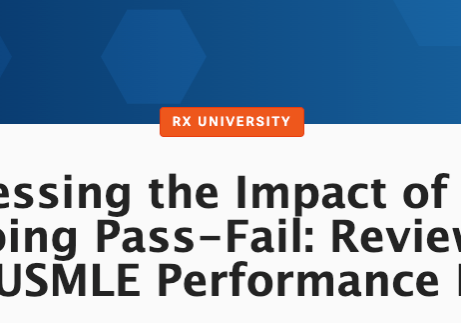Once you have endured the hassle of arranging a sub-internship, buying plane tickets, and obtaining housing, traveler’s insurance, the works, you may find yourself having a moment of panic as you realize that the only thing you know about the workings of American hospitals is what you garnered from watching Greys Anatomy, ER, and Scrubs.
Before you begin to hyperventilate and perhaps even syncopize, take a deep breath and be assured that this is the plight of the majority of international medical students who find themselves attempting to navigate a foreign medical system. This article is meant to preempt some of your questions, the same questions I had, and to provide tips to ease the transition.
Before you arrive and first day on the job:
- Telephone or email the program coordinator in advance and inquire as to what reading material might be beneficial before your rotation. In my case, I was told to relax and to not worry about preparing in advance for my neurology and neurosurgery rotations, as both sub-internships promised to provide me with reading materials and curriculum on the first day.
- Arrive early the first day. Hospitals are infamous for being confusing to navigate, from parking/transport to finding a remote program director’s office in the new wing of a satellite building. You will likely need to sign some papers and obtain a temporary badge on the first day. In terms of dress, unless specifically stated that you can wear scrubs, expect to wear clean, ironed business attire with a white coat.
During the rotation:
- On your second day, you will need to “pre-round” on all of your patients. Be sure to arrive about an hour before rounds to give yourself enough time to gather all your needed information, at least until you are comfortable. Pre-rounding includes inquiring about overnight events, preforming a physical exam, doing a chart review for consult recommendations, and also knowing results of new labs and imaging. I recommend writing down labs, along with any notable trended result (ie: creatinine was 0.5 yesterday but today is 2.4) as attendings are not going to wait around while you awkwardly look things up on the computer. You are their source of information and it is your responsibility to know everything about your patients. One tip that helped me ingest all the information on all of my patients was to imagine that each patient was my loved one, and were I privy to their hospital events and lab results, I would likely remember everything. This mentality will encourage you to think logically about how to present your information and will help you to avoid missing critical events.
- It might sound obvious, but be as personable as possible. Now as a resident, I am often shocked by how many medical students on rotations do not engage the team or engage in basic pleasantries such as “good morning” and “how was your evening off?” Bear in mind that you are a visitor on a team of people who work together every day and hopefully have passed the awkward early stage of interaction. The more you can fit in with their casual conversation while also moving at the pace of the team, the more apt they will be to consider you as someone they would want to work with in the future.
Intellectual engagement in addition to mundane tasks:
- Volunteer to present a topic or a journal article on a question that needed clarification during rounds. In my case, I had a patient with a myasthenia gravis crisis, and we debated whether plasmapheresis vs IVIg was more beneficial. I offered to read up on it and did a brief presentation the next morning for the team.
- I also used differences in my training to bring up learning points with the team. For example, in Europe, the pressor Terlipressin is legal and used quite often, whereas it has not been approved by the U.S. FDA. I looked up differences in efficacy and presented that as well. Moreover, in Ireland, I encountered a different patient population where the prevalence of diseases such as cystic fibrosis and hemochromotosis was higher, and I used my knowledge to contribute as often as possible.
After you leave:
- Write thank you letters, not emails, to all of the attendings and any department administrators/secretaries you encountered on a daily basis.
- If you anticipate asking someone for a letter of recommendation, do it earlier rather than later so that, 1) you are fresh in their mind, and 2) you do not have to put pressure on them while submitting your match application.
Lastly, enjoy your time, explore a new city, work hard, and be kind to everyone, whether it be the other residents or the cafeteria cashier. Programs note the way you interact with all members of society and treat your entire rotation as one long job interview. Your ability to interact with all people from all backgrounds will be a major indicator of your success as a physician.





VERY GOOD RECOMMENDATIONS.
THANK YOU .
Good info but no longer relevant since most US hospitals have stopped taking foreign students despite an excellent step 1 score among other things. Quote: “International students come last” Thank you, USA.
NOBODY offers sub-internships for IMG. NOBODY. Plain bullshit.
Thanks for this article. For those having trouble finding a Sub-internship that is IMG friendly, try UNC. Inova (in Virginia) is also an option, but only for Psych and Surgery.